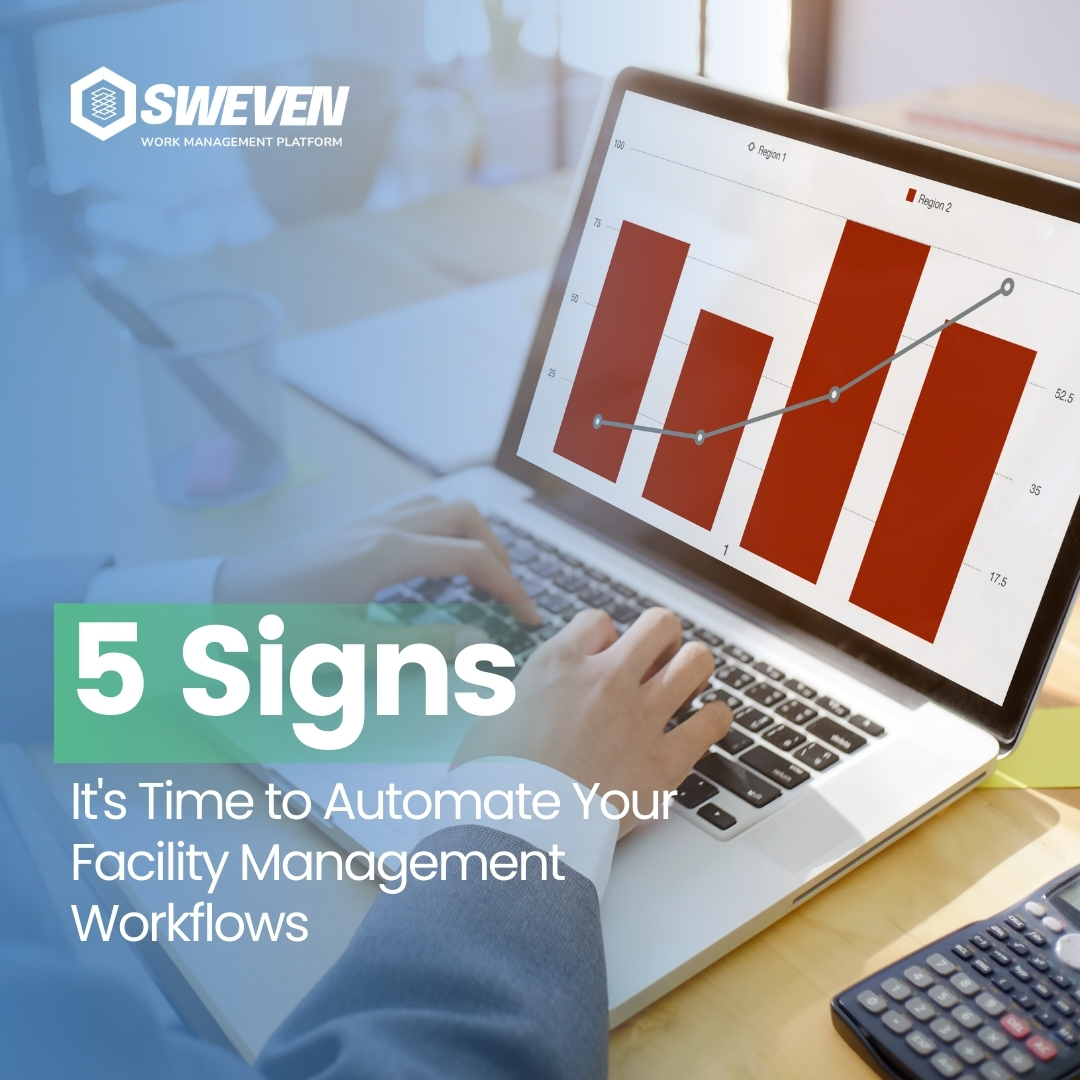Introduction:
In the ever-evolving landscape of facilities management, compliance, and regulations stand as steadfast pillars ensuring safety, quality, and legality in operations. However, keeping up with the constantly changing regulatory environment poses a significant challenge for vendors, vendor managers, facility managers, and aggregators alike. In this blog, we delve into the complexities surrounding compliance and regulations in the facilities management industry, exploring the shared pain points and strategies for effectively navigating this critical aspect of business.

Understanding the Challenge:
Compliance and regulations encompass a broad spectrum of requirements, ranging from safety standards to industry certifications, environmental protocols, and legal obligations. For vendors and service providers, adhering to these standards is not just a matter of regulatory compliance but also a testament to their commitment to excellence and customer satisfaction. However, the sheer volume and dynamic nature of regulatory changes present a formidable challenge, often leading to confusion, inefficiencies, and increased operational costs.
Vendor Perspective:
Vendors operating in the facilities management sector face a myriad of compliance-related challenges. From ensuring that their workforce receives proper training and certification to stay updated on the latest industry standards and regulations, the burden of compliance management can be overwhelming. Moreover, failure to meet regulatory requirements can not only result in financial penalties but also tarnish the reputation of the vendor, leading to loss of business opportunities and trust.
Vendor Managers’ Dilemma:
Vendor managers play a crucial role in overseeing the compliance efforts of vendors within their network. However, the task of monitoring and enforcing compliance across diverse vendors and geographical locations can be daunting. Balancing the need for rigorous adherence to regulations with the operational demands of the business requires effective communication, robust monitoring systems, and proactive risk mitigation strategies.
Facility Managers’ Perspective:
Facility managers ensure that their properties meet all regulatory requirements, ranging from building codes to environmental standards and occupational health and safety regulations. Failure to comply with these regulations not only jeopardizes the safety of occupants but also exposes the organization to legal liabilities and reputational risks. Moreover, navigating the complex web of regulations applicable to different types of facilities adds another layer of complexity to their responsibilities.

Aggregator’s Role:
Aggregators, who act as intermediaries between vendors and clients, play a pivotal role in ensuring that compliance standards are met throughout the supply chain. By vetting vendors, enforcing contractual obligations, and providing oversight, aggregators can mitigate compliance risks and uphold the integrity of their services. However, achieving this requires robust due diligence processes, transparent communication channels, and collaboration with stakeholders at every level.
Strategies for Success:
To effectively navigate the challenges posed by compliance and regulations in facilities management, stakeholders must adopt a proactive and strategic approach. Here are some key strategies:
Invest in Technology: Leveraging technology solutions such as compliance management software, IoT sensors, and data analytics can streamline compliance monitoring, facilitate real-time reporting, and provide actionable insights for decision-making.
Continuous Training and Education: Equip the workforce with the knowledge and skills needed to stay abreast of regulatory changes through regular training programs, certifications, and industry seminars.
Collaborative Partnerships: Foster collaborative partnerships between vendors, facility managers, and aggregators to share best practices, resources, and expertise in compliance management.
Regulatory Intelligence: Stay informed about emerging regulations, industry trends, and best practices through industry associations, regulatory bodies, and professional networks.
Integrated Risk Management: Adopt a holistic approach to risk management by identifying, assessing, and mitigating compliance risks across the supply chain.
Transparency and Accountability: Cultivate a culture of transparency, accountability, and ethical conduct within the organization and among external stakeholders.

Conclusion:
In the dynamic world of facilities management, compliance, and regulations remain non-negotiable aspects that demand unwavering attention and diligence. By acknowledging the shared pain points and adopting proactive strategies outlined in this blog, stakeholders can navigate the complexities of compliance management effectively, ensuring the safety, integrity, and sustainability of their operations in the long run.

























